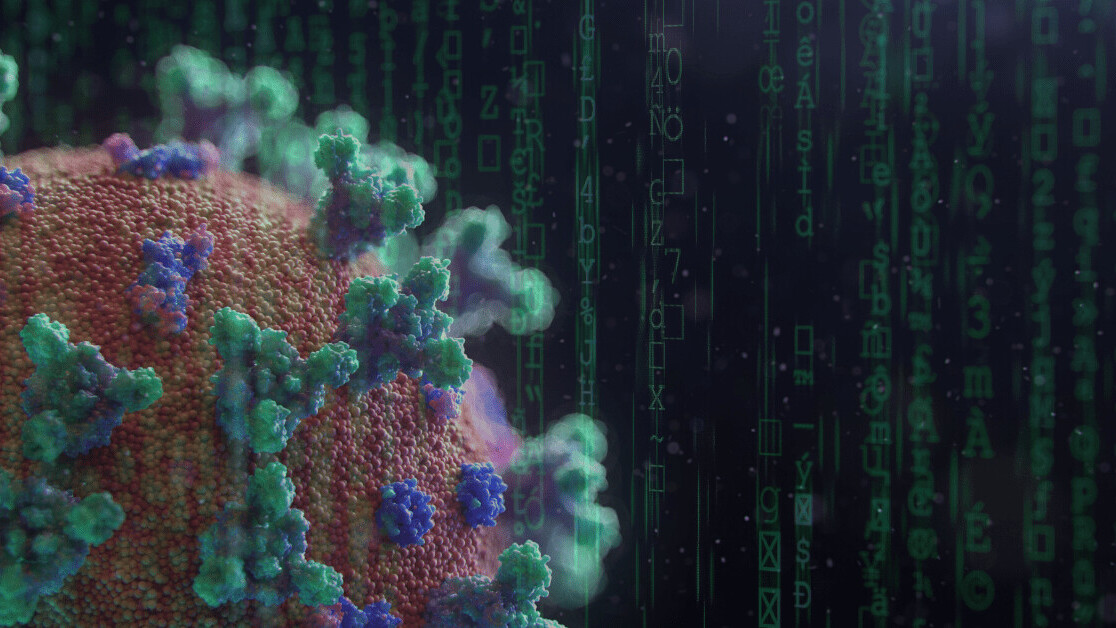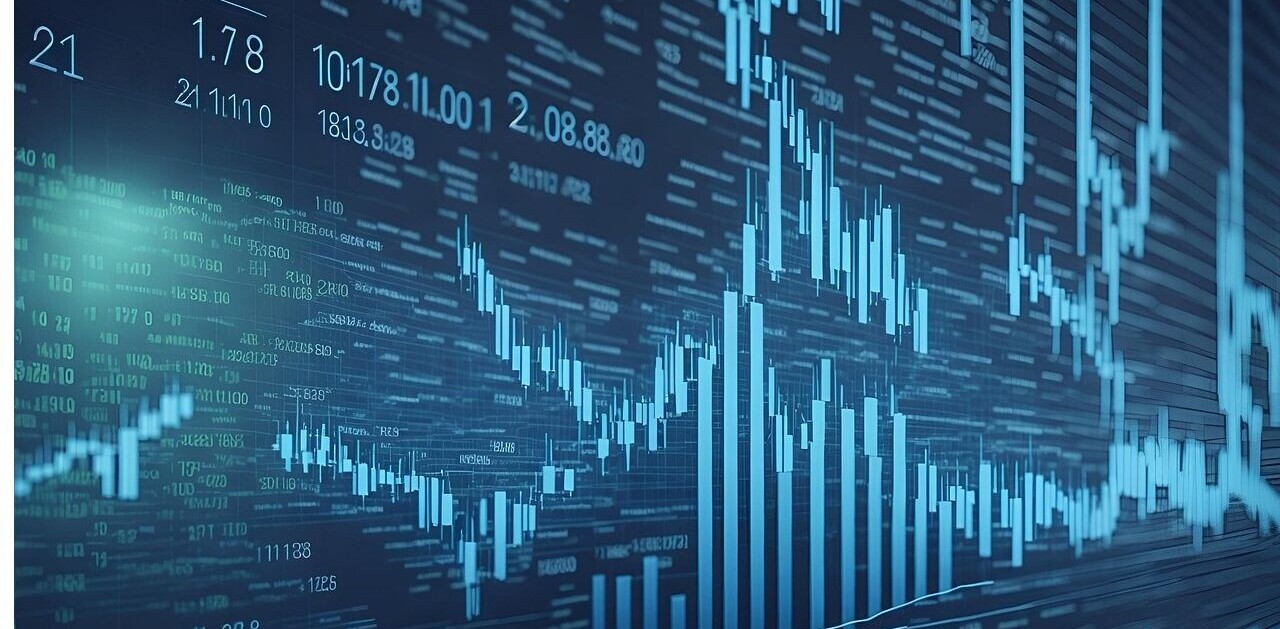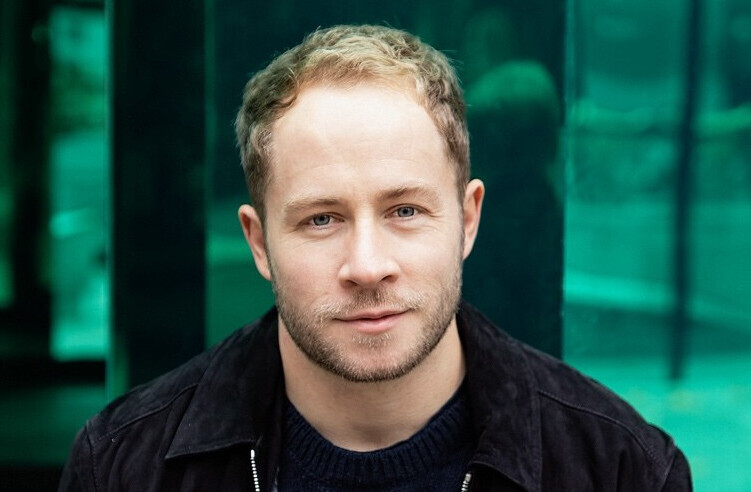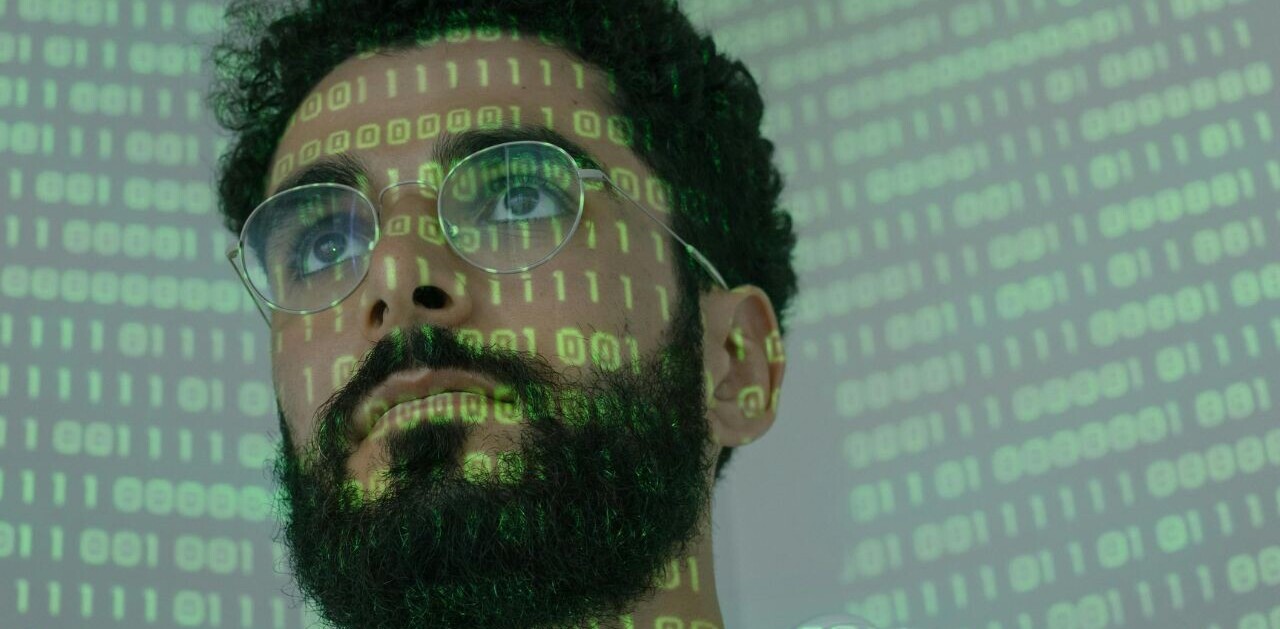In the last three months, it feels as if all of us have become armchair data scientists. As scientists across the globe race to find a cure for the scourge that is COVID-19, we’re all learning hard lessons about bell curves and epidemiological models. We’re also getting a crash course in infectious disease and public health and learning about data science: why it matters, how it works, and why, sometimes, it doesn’t.
For all the recent controversy over the accuracy or lack thereof, of many of the most terrifying coronavirus models, data science continues to be one of our most potent weapons in the fight against the pandemic. Nowhere is this more evident than in the deep learning power of artificial intelligence (AI). But what, exactly, is the role of data analysis in the battle against COVID-19, and how might AI be the key to finding a cure?
The many faces of data science
You’ve probably heard the word “data” more in the last twelve weeks than you have in your entire pre-pandemic life, but you might not be quite so clear on what it actually means or why it’s so essential in dealing with the virus.
Data comes in innumerable forms and data science is really all a numbers game. It’s about getting as many samples as you possibly can of whatever you might be studying so that you, or more specifically, the computer program you are using to analyze your data, can identify common features and important outliers.
When it comes to the war against coronavirus, data science is being called to the frontlines across all three of its major forms (or, to use the lingo, “flavors”). Descriptive analytics is being used to understand whom the virus most often affects and how. Predictive analytics uses patient data to forecast where the virus is going, how quickly, and in what numbers. Prescriptive analytics combines both the descriptive and the predictive to determine what needs to be done to stem the tide, to flatten the curve, to treat the sick, and to protect the well.
Where the data comes from
As sterile and dehumanizing terms of “descriptive, predictive, and prescriptive analytics” might be, the simple fact is that there is a human face behind every piece of data. There are families, communities, and entire nations behind every data set.
Fundamentally, data science is the story of humanity translated into numbers. When it comes to public health, billions of data points have already been collected from patients worldwide to be translated into evidence-based best practices currently used by nurses and healthcare providers across the globe. This information has been deployed to track the wildfire-like spread of the virus, helping public officials to better understand how the infection is spread and, hopefully, how it can be prevented or at least mitigated.
That’s not all the data can do. AI systems are now actually able to “see” the signs of infection in the human body and to more quickly and accurately to distinguish it from other respiratory infections. That means COVID-19 patients are getting the treatment they need sooner. Accurate and timely diagnosis also means that public health protocols, from contract tracing to quarantines, are only triggered when they need to be.
Tracking a cure
Data analytics and AI aren’t just about tracking the movement of the pandemic or spotting the virus’s presence in the human body. It’s also about the race to find effective treatments and, above all, a safe vaccine.
The scariest thing about the novel COVID-19 virus is precisely that: its novelty. The fact that the virus is an entirely new pathogen means that the human body can’t recognize the virus and doesn’t have the specific antibodies it needs to effectively fight the virus. It also means that there are no treatments tailored to the disease.
Until the pharmaceutical companies are able to engineer a therapy specifically designed for COVID-19, doctors are left to make do with treatments designed for illnesses similar to coronavirus. The race is on, though, to get us from a closely-matched therapeutic or vaccine to an exactly-matched one, and data analytics and AI are leading the way.
The COVID-19 pandemic is one of the most significant challenges of modern history. It has not only taken hundreds of thousands of lives and put countless more at risk, but it has also shattered the global economy and transformed life as we know it. COVID-19 has robbed many of us of our sense of security and safety and has, for a time, thrown our sense of what the future may hold into doubt. Every day, however, researchers around the world are harnessing the power of AI and data analytics to give us our tomorrow back and to return to us the peace of mind that the virus has taken.
This article was originally published by Jori Hamilton on TechTalks, a publication that examines trends in technology, how they affect the way we live and do business, and the problems they solve. But we also discuss the evil side of technology, the darker implications of new tech and what we need to look out for. You can read the original article here.
Get the TNW newsletter
Get the most important tech news in your inbox each week.





